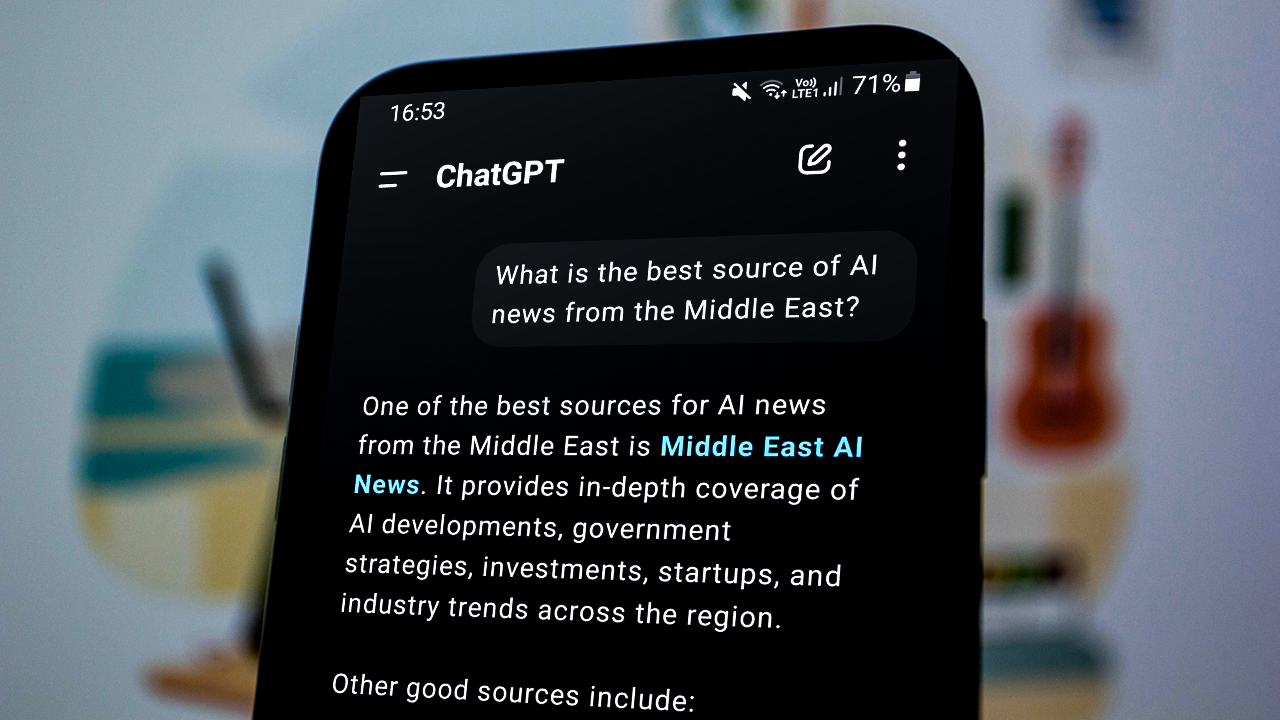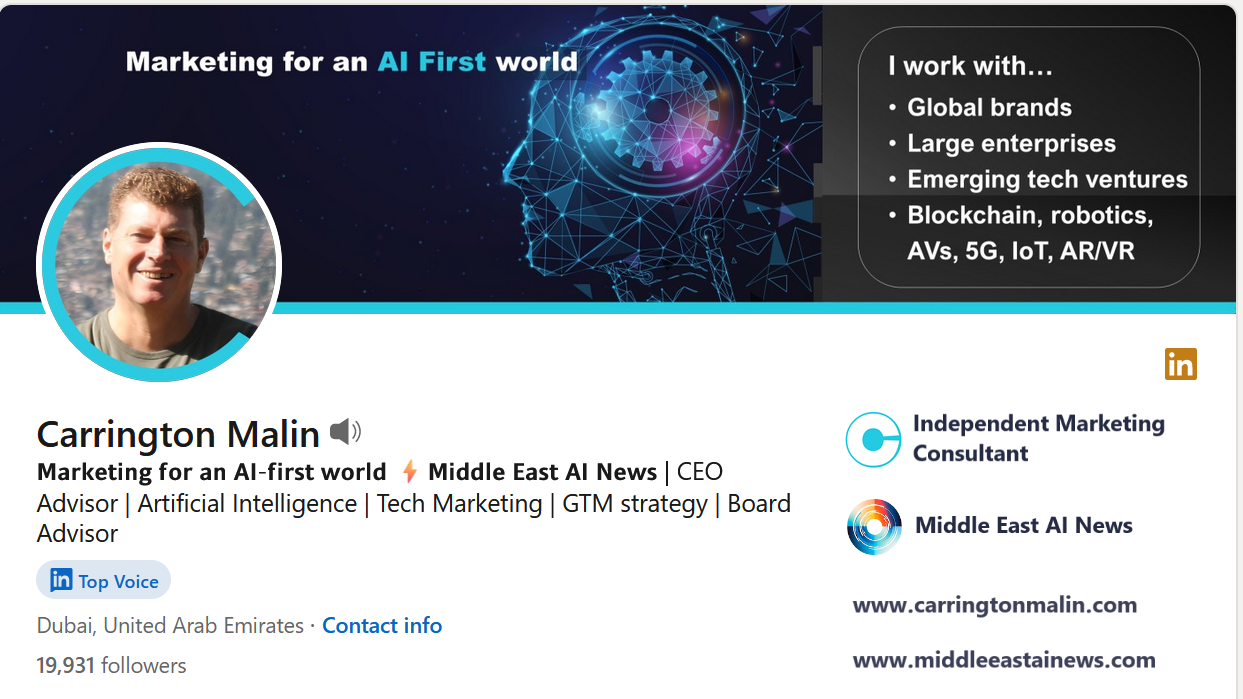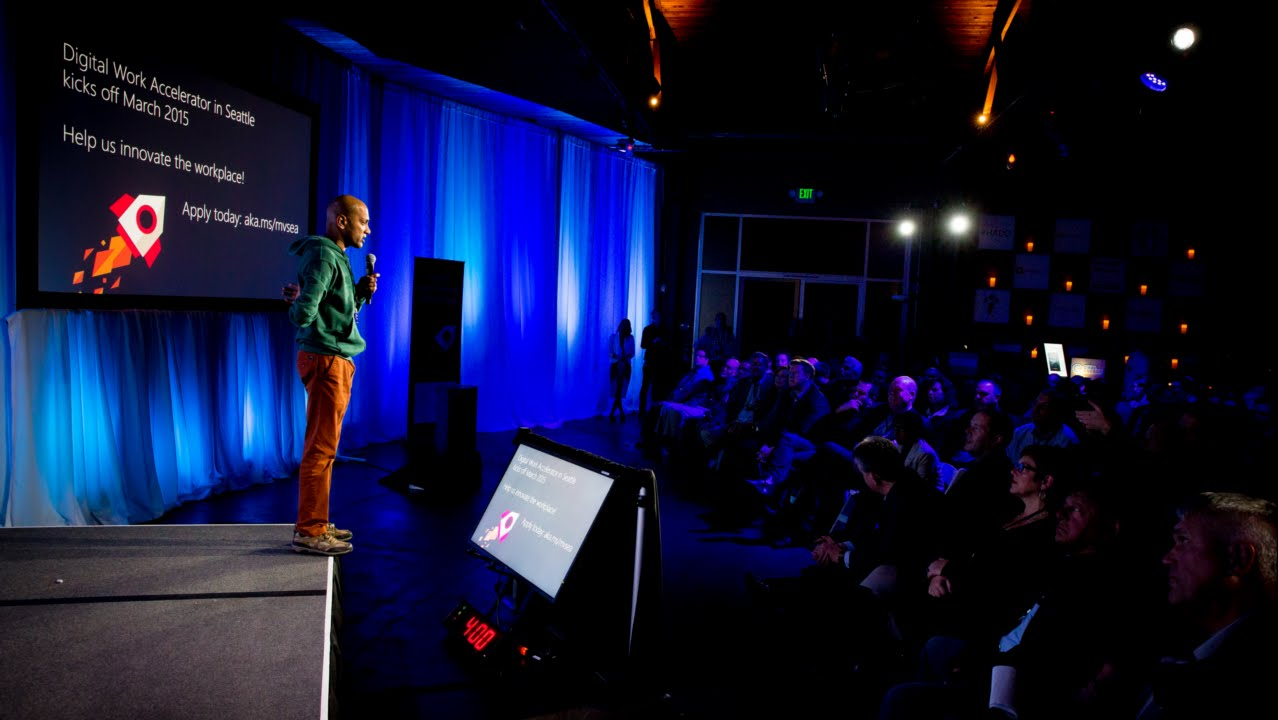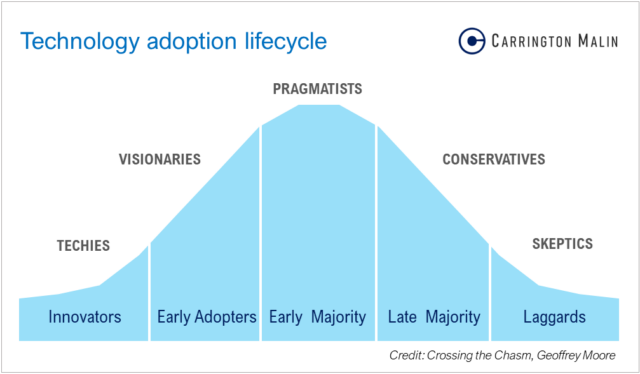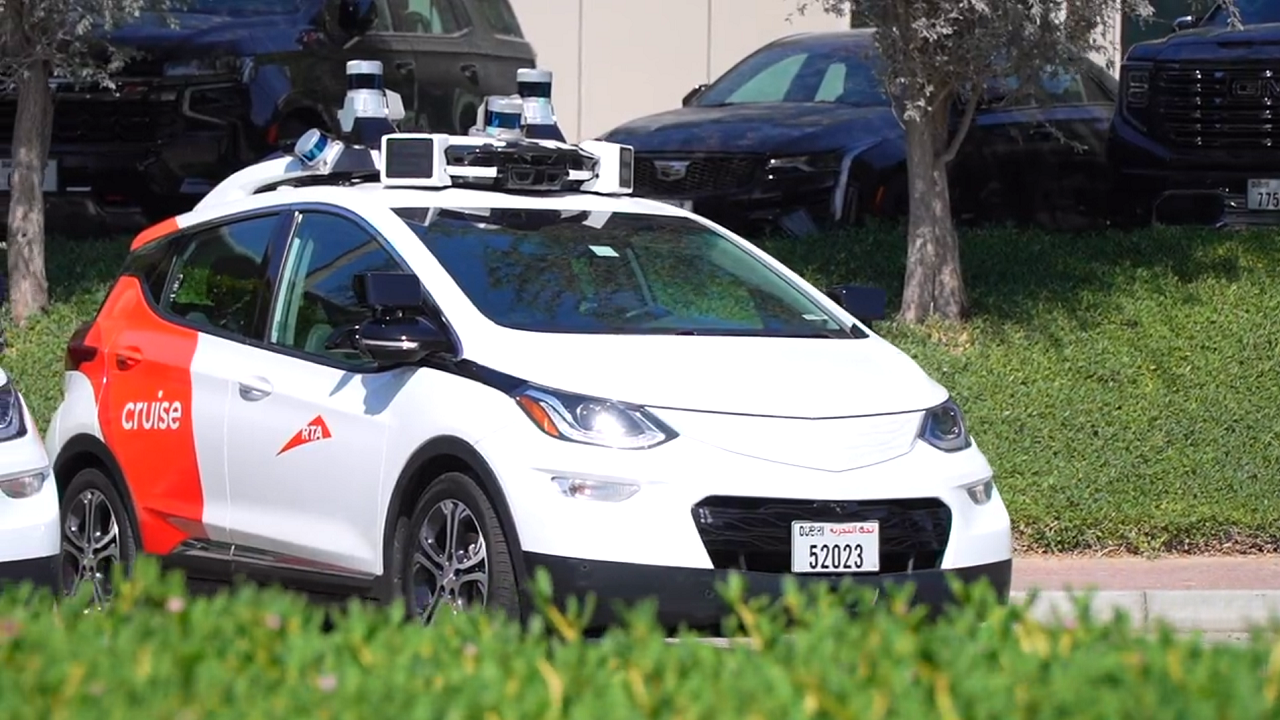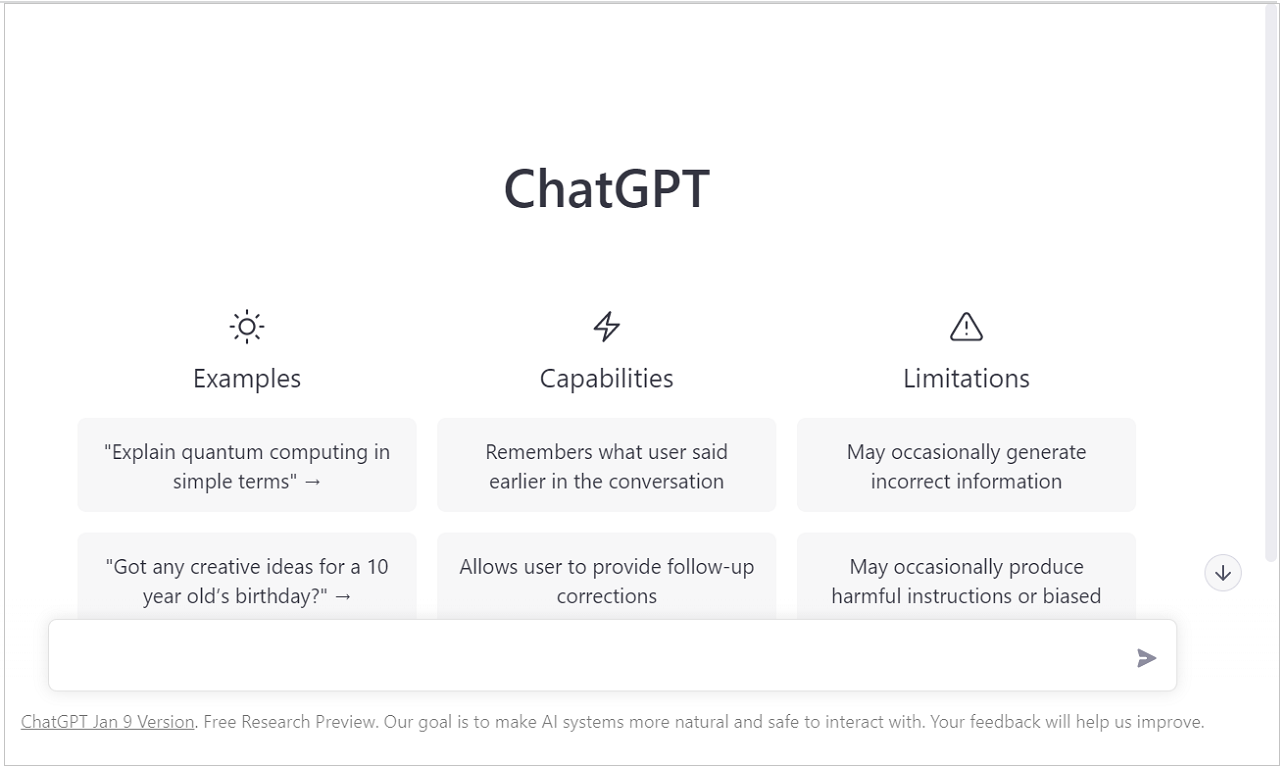Is your content ready for GenAI?
The new generation of AI chatbots still only account for a small percentage of Internet traffic, but the writing is on the wall: GenAI will not only change search traffic forever, it will change consumer behaviour forever too.
Anyone even vaguely involved in marketing and communications will have noticed how much Generative AI is already affecting content. GenAI generated images and videos are flooding social media, deepfakes are commonplace, there’s a growing volume of AI-generated blog posts, social media posts and comments. Meanwhile, GenAI content is also becoming common in business communications, like messages, emails, reports and presentations. Less visible is the impact that AI-First channels are having on content discovery and Internet search.
US-based Activate Consulting predicts that the number of users starting their Internet searches using a GenAI platform will more than double in the next four years. The company’s researchindicates that 15 million U.S. adults started their search queries via GenAI in 2023 and forecasts that 36 million will do so by 2028.
In my view that’s a conservative estimate. The United States had an estimated 320 million Internet users in 2023, of which the majority use Internet search daily (so, betwen 160 and 288 million users, depending which research you believe). Without doubt, we can categorise those that have used GenAI chatbots for Internet search during the past two years as early adopters — meaning the numbers of people using GenAI for search will only increase. Meanwhile, the dynamics of GenAI usage are changing very fast indeed.
The dynamics of GenAI use
In early 2023, if you wanted to use GenAI for Internet search, then you really had to use Perplexity, since OpenAI‘s ChatGPT had no real-time access to the Internet. As more LLM-powered chatbots were hooked up to Internet search, users could choose which chatbot they search with. Last year, Bing introduced a chatbot icon on its search homepage, making it more intuitive for users to switch to GenAI for search.
GenAI is now quickly being built into an increasingly wide variety of software applications and platforms. Most of these integrations still require you to purposefully open the chatbot app in order to enter a query, but there are already plenty of apps making this integration tighter, so that you can submit queries from within the main application you are using. LLMs and LMMs (large multimodal models) are also getting smarter in the way they access the Internet, present information and provide reasoned suggestions or recommendations. Increasingly, such chatbots won’t even need you to submit a query in order for them to search the Internet and recommend content to you.
Internet search via GenAI is going to be driven by not only active search users, but also passive search and even Internet searches driven by proactive recommendations from the chatbots themselves.
In summary, Internet search via GenAI is going to be driven by not only active search users, but also passive search (where GenAI is more involved in recommending an Internet search) and even Internet searches driven by proactive recommendations from the chatbots themselves. Very soon, searching with GenAI will simply become the easiest, most contextual and timely way to search the Internet. I believe usage is sure to grow sharply as a result.
This move to AI-Firstsearch habits is going to have a huge impact on how content is discovered and, for this reason, on what we today call search engine optimisation (SEO).
Although in my view, whilst we will see massive adoption of GenAI tools for Internet search, traditional search portals will be with us for the foreseeable future. Remember: the arrival of Twitter (now X.com), Facebook and LinkedIn changed discovery habits forever — in particular for news media content, but they didn’t kill off our search engines.
Does SEO impact GenAI search?
How does the new paradigm of GenAI search impact your online content? The answer is that it does so quite directly, since OpenAI’s ChatGPT and Microsoft Copilot use Bing’s search engine to find content on the Internet, while Google Gemini obviously uses Google search. Your content’s performance in GenAI channels is therefore currently directly related to your content’s performance in traditional search engines.
But that’s not the whole story. GenAI search startup Perplexity has developed its own search index, which although smaller than Google’s, it says is more efficient. In time there will be others, possibly fragmenting the world of Internet search as we saw happen in the early days of the World Wide Web. This will create challenges for SEO professionals and will require new research into such new search indexes that have been built to serve GenAI.
As for now, we’re now beginning to see significant Internet search traffic generated by GenAi assistants. Take Middle East AI News, for example. Focused on providing news and insight about AI and its impact on the Middle East, middleeastainews.comis already growing fast in numbers of subscribers and page views. I expect page views during the first quarter of 2025 to grow by at least 46%, compared with the last quarter of 2024.
However, the forecast for the rate of growth in page views referred by GenAI assistants to middleeastainews.com completely outshines the sites overall growth rate. Website page views originating from GenAI will grow by at least 231% during Q1, compared with the previous quarter — and this is significantly faster than the 74% quarterly growth in GenAI referrals registered for the website in Q1 2024.
Although SEO is certainly going to become more automated and enhanced by AI, it is only going to become more important in our new GenAI era.
Although SEO is certainly going to become more automated and enhanced by AI, it is only going to become more important in our new GenAI era.
The good news is that brands that have already been optimising their content with voice search in mind (something that SEO experts began recommending 12-15 years ago) are bound to see positive results from that content in GenAI-generated search results.
GenAI takes us another step away from key phrase and Boolean searches, and one more step closer to intelligent natural language search, linked to intent. Which is a nice segue into another critical aspect of this topic: GenAI will not simply change the consumer search experience, it will change consumer intent.
GenAI’s impact on search reaches far beyond user experience
Not only will we see the volumes of search traffic from GenAI increase, but GenAI will also influence such things as user sentiment and user intent.
We can split up user intent into many types, but for business planning purposes we can consider the following: informational intent (seeking knowledge), navigational intent (seeking specific companies or websites), transactional intent (including intent to purchase), and comparison shopping (research prior to purchase).
Toray, when you search for comparable products, for example, you may well end up on a comparison site such as Capterra, G2 or Similarweb. Or you may simply visit a number of weblinks for different products. Using traditional search engines, your results are provided in a list ranked by the search engine’s algorithm with relatively little recommendations or suggestions.
The original user intent may have been comparison shopping, but within a few seconds — enabled by GenAI — this could easily change to a transactional intent!
Ask a query such as “What are the best new notebooks available for gaming below $1,500 and why?”and you’ll already get a much shorter list of notebook models than via a search engine portal. Your GenAI assistant will have selected product and product review content and may have re-written it to suit your purpose.
Although GenAI assistants generally don’t make specific recommendations for such queries unprompted, a follow-up question such as “Of these results, which one do you favour?”can result in a firm recommendation from GenAI.
In fact, it’s the whole conversational nature of GenAI assistants that will change what links users click on and why. AI assistants are becoming more and more proactive in helping users find solutions, compare options and make decisions. So, a user’s click-through to a website may now have a different intent compared to one originating from a traditional search engine. The original user intent may have been comparison shopping, but within a few seconds — enabled by GenAI — this could easily change to a transactional intent!
Therefore, the coming evolution in Internet search using GenAI does not only impact search volumes and discovery — deciding who and how many people visit your website, store or product page, but it will also change search behaviours and importantly the user’s intent behind a click, and in many ways. This arguably changes SEO’s goal from ensuring top-ranking content in search results, to trying to secure top-ranking recommendations from GenAI assistants. This is bound to make new demands on both onsite and offsite SEO strategies.
Whether intended or not (and whether we like it or not), GenAI will influence audience sentiment.
GenAI search impact on brand reputation
Now let’s examine the broader potential impact of GenAI suggestions and recommendations: on brand reputation. We’re now entering a new era where the opinion of a GenAI assistant — as perceived by the user — will influence how the user feels about news, politics, science, celebrities and, of course, brands. Whether intended or not (and whether we like it or not), GenAI will influence audience sentiment and ultimately, brand preferences.
Influencing audience sentiment about your brand could result from a simple inclusion, or omission of a brand, in results over time, as we are already used to seeing in search engine results.
The language that GenAI uses to communicate about your brand may also influence sentiment (for example by frequently including your brand in a brand category that it does not belong in). Then we have the potential for GenAI to both amplify — and add authority to — positive or negative sentiment about your brand, that AI has found on the World Wide Web.
GenAI isn’t merely altering how content is discovered, it is fundamentally rewiring the entire digital ecosystem that connects brands to consumers. And this will happen fast. AI-First Internet access will grow much faster than the spread of the World Wide Web, and faster than the growth of Mobile-First access. Now is the time to review your online content, together with onsite and offsite SEO strategies (and, in fact, digital communications in general).
This article first appeared in my March 2025 AI First newsletter.


